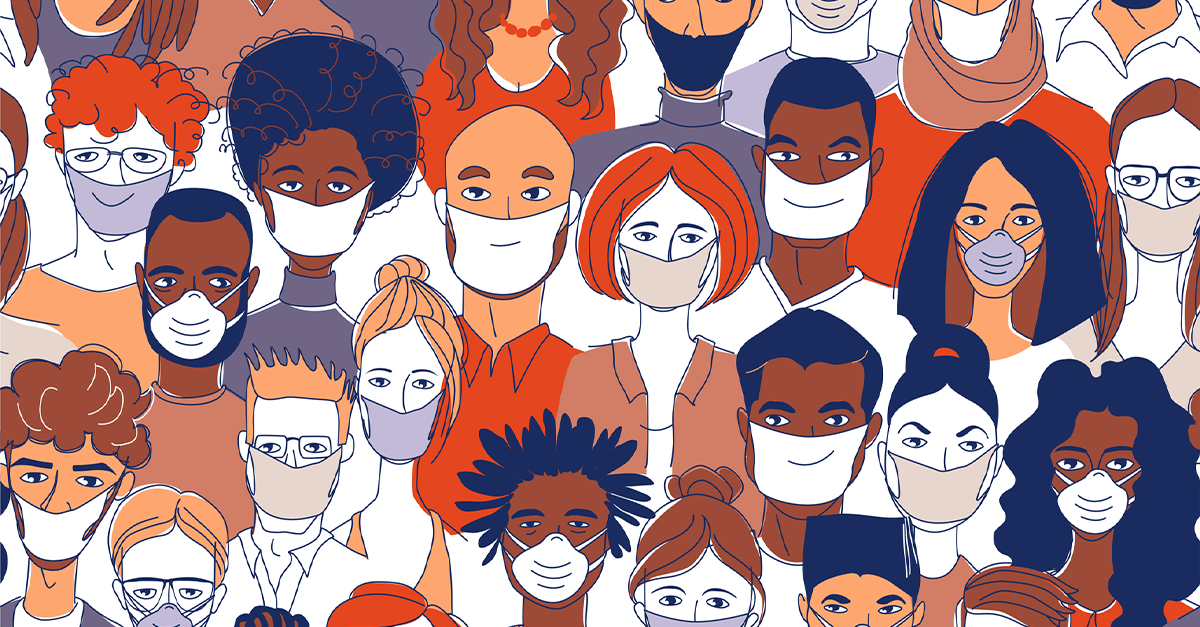The New Learning Experience: 10 Emerging Practices You Need to Know

Learning is no longer a process that happens in the background of a company as business takes place. It’s now a front-and-center essential function.
Josh Bersin, Industry Analyst and Founder of Bersin Academy, says that learning and development professionals can attribute the pandemic for this new focus on corporate learning which he calls the “Big Reset.” This reset has not only impacted everything from the economy to our everyday lives, but also has created a new role for learning professionals. While many were working on ways to make learning more agile before the pandemic, the vast majority of corporate learning organizations are now doing it.
Josh conducted a survey of over 160 companies soon after the pandemic hit the U.S. in early 2020 to understand the effect on HR and learning organizations. He discovered ten emerging practices that have essentially transformed the learning experience, and how organizations are leveraging these to thrive in the new reality we’re living in right now.
1. Continuous Employee Communications
Organizations have found that connection and empathy are critical. Every HR leader in the groups Josh spoke with talked about the need for constant and transparent communication. This included daily communication either in the form of meetings or email, and lots of listening. While communication was undoubtability important before the pandemic, companies have now made it a top priority going forward.
2. Employee Well-Being
A focus on employee wellbeing has also emerged as a practice from the pandemic. Keeping employees healthy and safe has included yoga classes, positive thinking programs, cooking classes, education and training for children, and even coaching on physical, mental, and financial fitness.
3. Trust
Along with communication and well-being, trust became an essential for the learning organization. Ensuring that content is readily available anytime and anywhere, that it’s up-to-date, and relevant. When employees need to know the latest about safety procedures or how the pandemic has impacted the way they do their jobs, the learning organization has had to deliver on the turn of a dime as the situation changes. Maintaining that trust is an essential now.
4. Digital Transformation
Josh found that HR leaders marveled at how rapidly employees adopted digital tools for remote work, recruiting, onboarding, collaboration, and on-demand learning. Before the pandemic, digital transformation was something the organization was working toward. During the “Big Reset,” tools and solutions were implemented in days or weeks, and the expectation to continue this trend is something that won’t go away any time soon.
5. Resilient Learning Organization
Companies learned that individuals are indeed resilient when they have the support they need. Josh reported that the learning organization also needed support to be resilient. Delivering speed and quality in an environment of constant change and uncertainty can’t happen without it. Leadership provided support so the learning organization can focus on employee needs, work cross-functionally, and centralize coordination all in a distributed environment.

6. Agile Problem Solving
The pandemic has made agile thinking and problem solving a constant in daily work. Josh noted that HR leaders have seen employees work in teams to solve problems in days or weeks. The crisis has made the lengthy processes to agree on solutions, gain stakeholder buy-in, create solutions, and drive adoption, shrink down due to urgency. Learning organizations are now finding ways to make agile problem solving the new normal rather than the exception.
7. Learning in Flow of Work (High Velocity Learning)
Social distancing and quarantining made traditional, in-person learning impossible. Rapid change made delivering learning and developing content nearly impossible. Enter the need for high-velocity learning. Josh also saw that organizations were implementing a new model for learning that combines what he calls micro-learning—quick training or learning in the moment—and macro-learning—new concepts or skills that require hours or days. This new model is how organizations plan to make learning even more impactful to the company.
8. Skills vs. Capability
Clearly defining and communicating the difference between skills and capability is another practice organizations are leveraging from the pandemic response. Josh used responses to his survey to derive a common taxonomy: skills are knowledge on a topic or system and constantly change whereas capabilities are the ability to perform a job and are often unique to each company. He sees organizations using this distinction to develop and provide more relevant content to the learner.
9. Distributed Authority and Empowerment
While Josh believes that remote work won’t go away, he does think employees will return to in-person work at some point. The companies he spoke with realize that to make this hybrid effective, centralized information and policymaking needs to be balanced with local authority and empowerment. This was the case during the pandemic response and appears to be how companies are looking to operate now: in a network of shared awareness, policies, and rules.
10. Unity
Josh said that one of the most common responses to his survey was that every HR leader pointed out that the pandemic brought their teams together. Functional silos broke down as people collaborated to solve problems. He sees organizations inspired by this sense of unity moving forward.
For more insights on practices companies are using from then pandemic to thrive, download the full report from the Josh Bersin Academy: The Big Reset Playbook: What’s Working Now.
